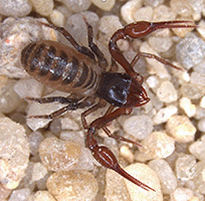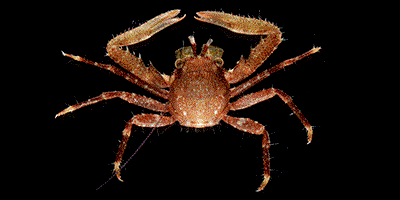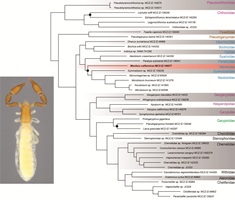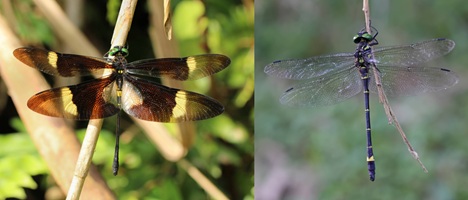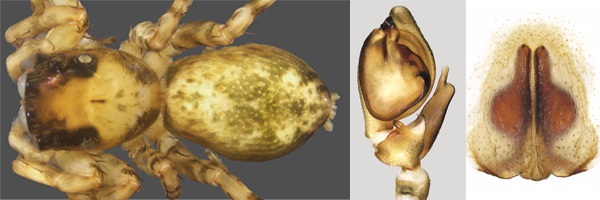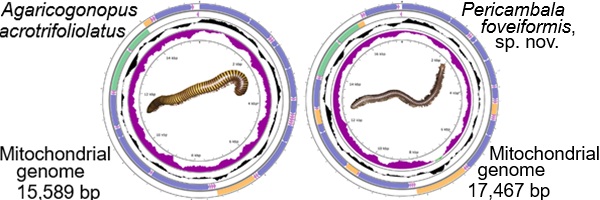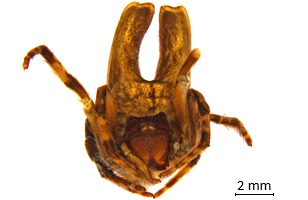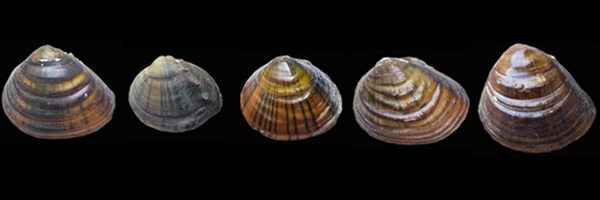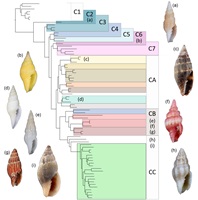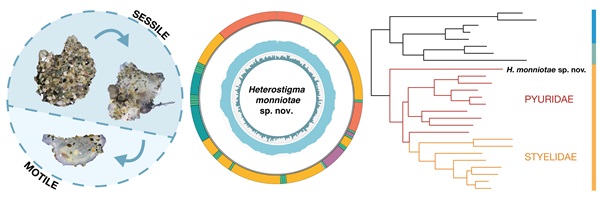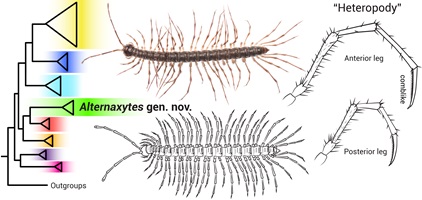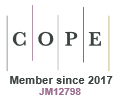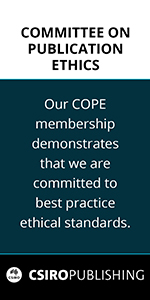IS25028Identifying refugia for invertebrate conservation in biodiversity hotspots: examples from a new genus of dragon pseudoscorpions (Pseudotyrannochthoniidae: Karrichthonius)
South-west Australia is a biodiversity hotspot with a largely endemic fauna of invertebrates. Many of these invertebrates inhabit mesic refugia across the landscape, and their identification is important for biodiversity conservation. Here we describe a new genus of pseudoscorpions that has speciated extensively in refugia across south-western Australia and recognise 12 new species with often narrow distribution ranges. Our study is an important contribution to understanding endemism and identifying areas of high conservation relevance in an Australian biodiversity hotspot. (Image credit: Danilo Harms.)




